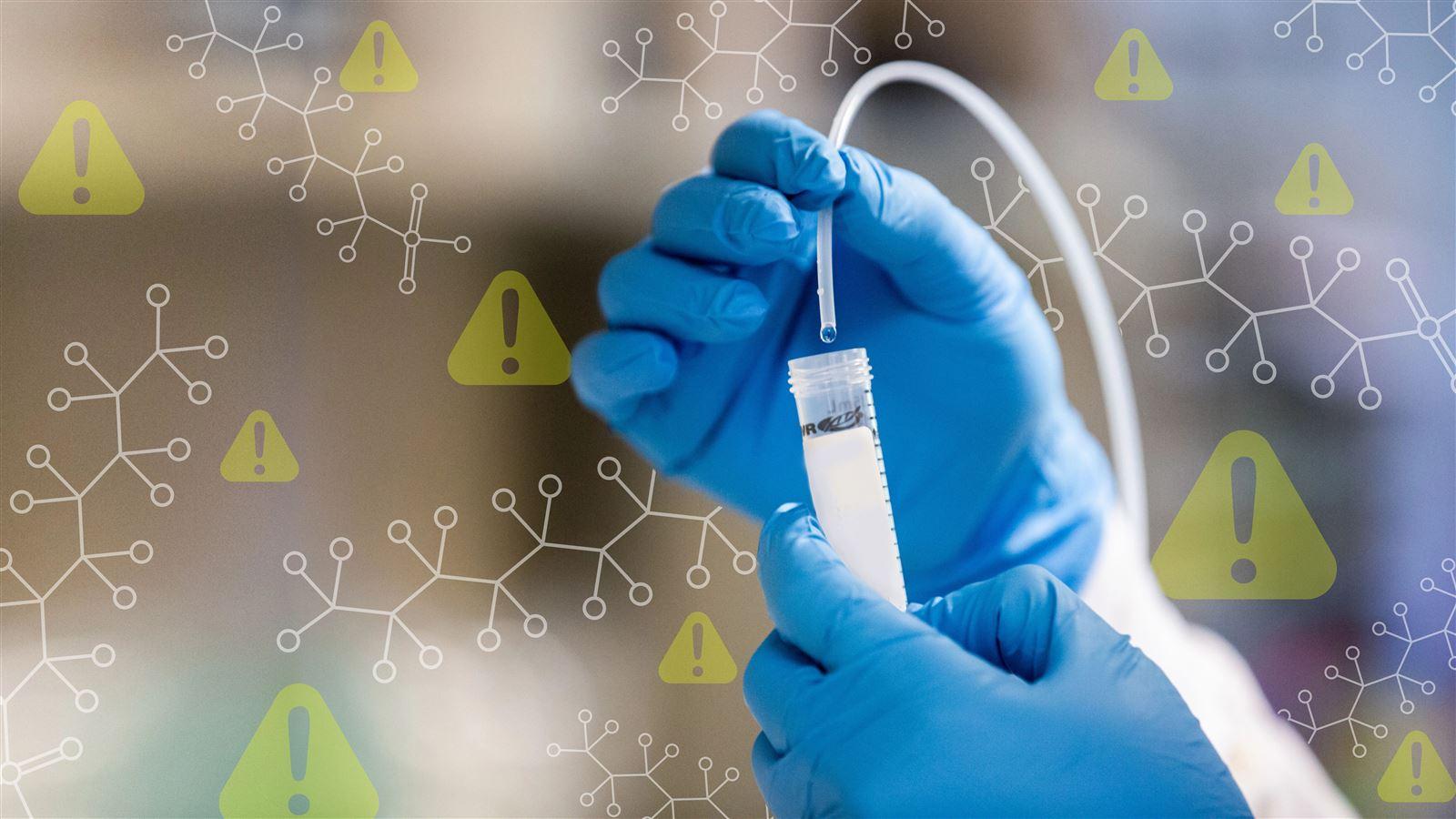EPA Announces Dramatically Lower PFAS Health Advisory Levels for Drinking Water
Sharply Lower Health Advisory Levels
- PFOA: 0. 004 ppt
- PFOS: 0.02 ppt
- GenX: 10 ppt
- PFBS: 2,000 ppt
"By setting HALs below the detection limits of current analytical methods, EPA is declaring that there is potential health risk of any detection of these chemicals in drinking water; likely affecting hundreds, if not thousands, of drinking water systems nationwide. In addition, the PFOA HAL of 0.004 ppt implies that 2.2 gallons of PFOA are capable of contaminating one quadrillion gallons of water, or roughly the volume of Lake Michigan. This means that even small and non-point sources of PFAS could potentially threaten drinking water supplies,” said CDM Smith vice president and remediation practice leader Tamzen Macbeth.
EPA is declaring that there is potential health risk of any detection of these chemicals in drinking water; likely affecting hundreds, if not thousands, of drinking water systems nationwide.
Expanded Screening Levels
What’s Next: Separate, Concentrate, Destroy
Assessing and communicating PFAS risk
Heather Lanza, a researcher and expert in PFAS risk, shares her findings on key toxicological research, COVID-19 vaccine response, and how utilities can successfully communicate risk to their consumers.








